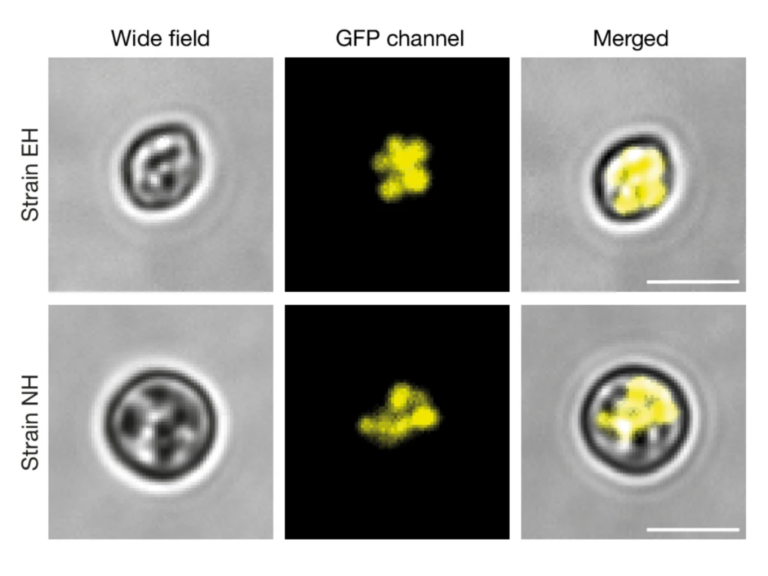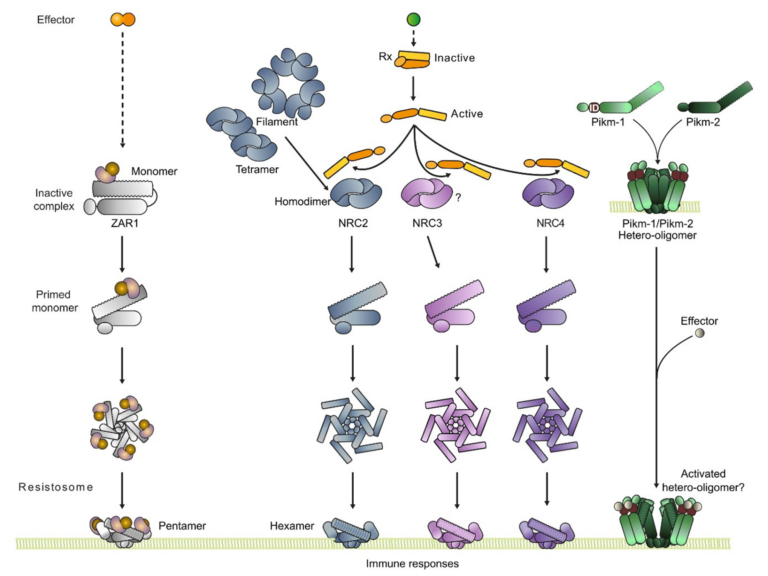The coming golden age for lichen biology
Lichens are a diverse group of organisms. They are both commonly observed but also mysterious. It has long been known that lichens are composite symbiotic associations of at least one fungus and an algal or cyanobacterial partner, but recent evidence suggests that they may be much more complex. We now know that there can be many constituent microorganisms in a lichen, organized into reproducible patterns that suggest a sophisticated communication and interplay between symbionts. We feel the time is right for a more concerted effort to understand lichen biology. Rapid advances in comparative genomics and metatranscriptomic approaches, coupled with recent breakthroughs in gene functional studies, suggest that lichens may now be more tractable to detailed analysis. Here we set out some of the big questions in lichen biology, and we speculate about the types of gene functions that may be critical to their development, as well as the molecular events that may lead to initial lichen formation. We define both the challenges and opportunities in lichen biology and offer a call to arms to study this remarkable group of organisms.


